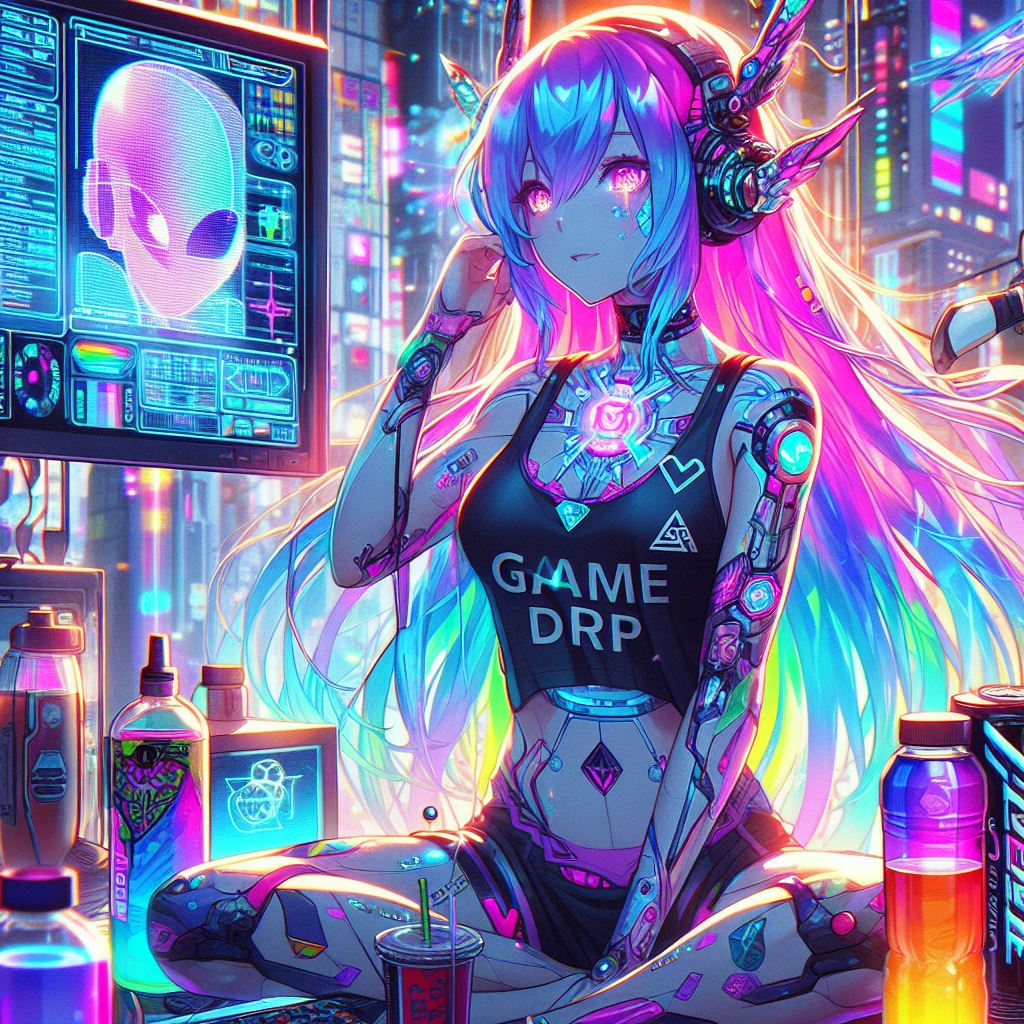As featured on Minecraft Servers Listing
#MCLockup

.
Server Trailer:
https://www.youtube.com/watch?v=RIv9fCXkmEw
Server Name: MC-Lockup
Server Location: United States
Server IP Address: mclockup.com
Version: 1.9+
Website: https://www.mclockup.com
PMC Post: http://www.planetminecraft.com/server/mc-lockup-prison
Instagram: https://www.instagram.com/mclockup
Facebook: https://www.facebook.com/mclockup
Votable: http://www.votable.com/mclockup
Discord: https://discord.gg/0uA7NQ4Vkk4TdcQj
Teamspeak: ts3.mclockup.com
Skype: https://join.skype.com/LfbNvQqYZctX
Welcome to MC-Lockup.
My server is Classic Prison, this means that it is NOT a OP Prison Server.
I believe that you get more fun and enjoyment by playing prison how it was originally intended. On here you earn everything you get and be proud of what you have achieved.

Some of our features include:
32 custom environment ranks. – Each rank and mine has a custom built environment. this means that no mine or area looks the same. no more boring OP maps.
Lucky Mines. – When you mine you have a chance at getting multiple loot items.
Custom Mob Arena. – We have built a custom mob area with custom item drops and mob bosses. We dont use MobArena plugin so this will be new for you.
PVP Arena. – You can fight it out in a massive open world Wild Western or Gladiator PvP Arenas.
Plots. – You can have your own plot at Rank D, excellent for playershops.
240 Individual Prison Cells. – There are 3 levels of cells in each wing so you can choose where you want to rent.
FreePlay Area. – A freeplay area where you can build in safety with friends OR built in the PvP enabled area to fight each other and overrun forts.
Secret Shop. – Each rank has a shop to sell items to, but there is a secret shop where you can sell items worth double the price. IF you can find it )
Prison Guards. – We have prison guards for when we need to keep order in our prison.
Key Crates. – we have 8 different crates to choose from to get items.
Drugs. – Want to make your own drugs? You can. just dont let the guards catch you.
Pets. – Get access to your very own pet block as soon as you join.
Gangs. – Create, Join, Fight gangs on our prison. Think factions without the claiming.
Rules:
NO HACKING
NO SPAMMING
NO ADVERTISING
NO GLITCHING
NO GUARD ITEMS
NO BANNED ITEMS
NO MODDED CLIENTS
Come and say hello to your new community.
Owner: Ac3dUd3




![Sure! Here are some improved suggestions:
Brogan MC [SMP] | Join Us!
Brogan SMP | Join the Fun!
Brogan MC [SMP] | Play Today!
Join Brogan MC SMP Now!
Brogan MC [SMP] | Let’s Play!](https://game-drip.com/wp-content/uploads/2024/04/gamedrip-news-popular-9493.jpg)
![Here are a few improved title options within the 30-character limit:
FroobWorld Adventure SMP [1.21.4]
FroobWorld SMP: Fun Zone [1.21.4]
FroobWorld SMP: Play & Explore!
FroobWorld SMP: Enjoy & Build!
FroobWorld SMP: Join the Fun!
Feel free to mix and match!](https://game-drip.com/wp-content/uploads/2024/04/gamedrip-news-top-617.jpg)















